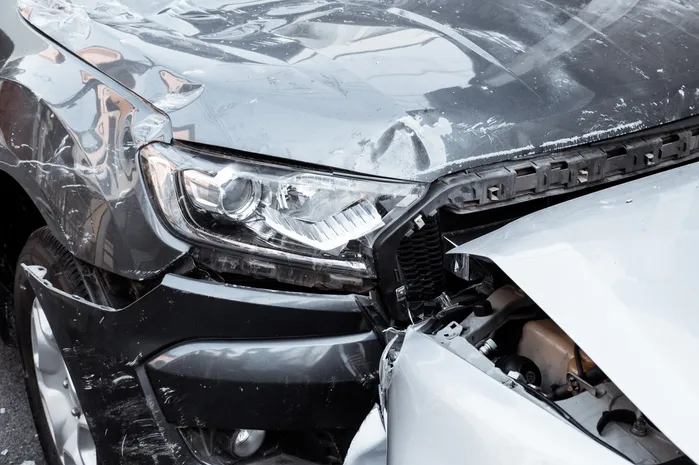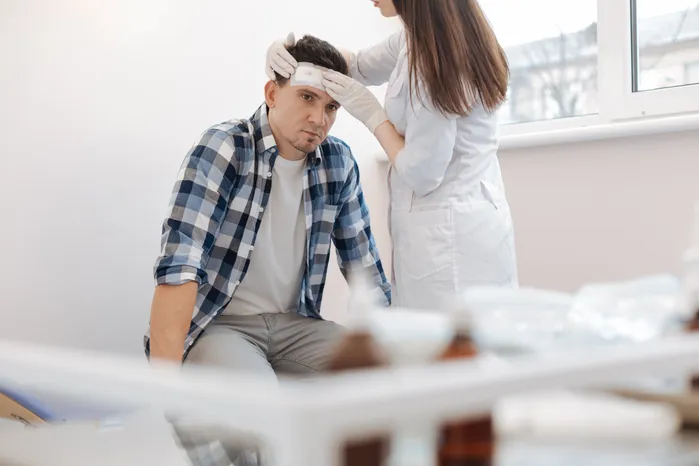8 min read time
Table of Contents

What Are the Motorcycle Laws in Nevada?
Nevada motorcycle laws are meant to protect riders and other drivers on the road. Understanding these laws is vital to all Nevada motorcyclists.
Here are the Nevada motorcycle laws and traffic laws with NRS references.
Helmets Laws
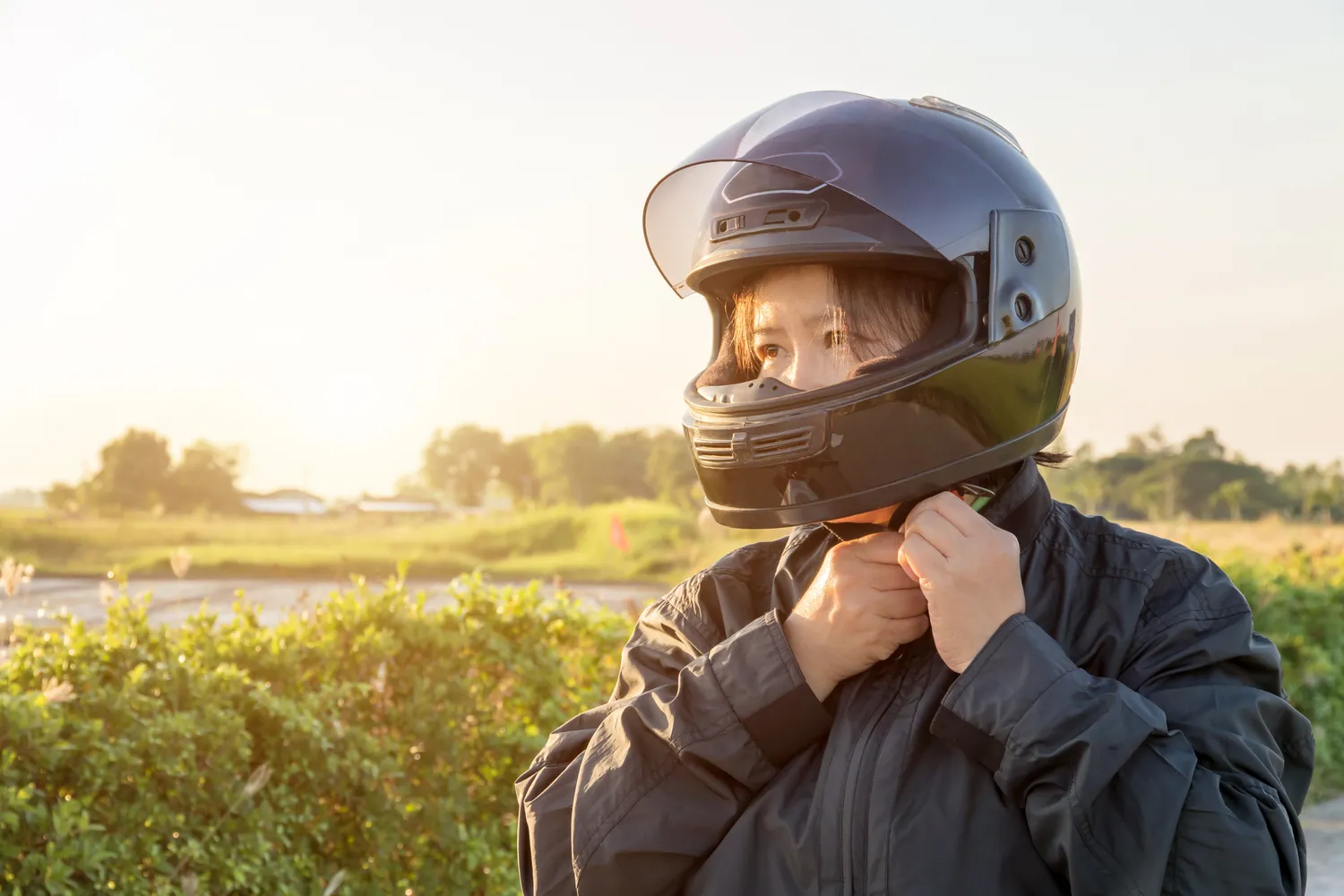
Helmet laws require all Motorcycle riders and passengers to wear helmets regardless of age or experience. The motorcycle helmet must also meet the Department of Transportation (DOT) standards.
NRS 486.231 outlines the helmet laws for motorcycle riders and passengers.
Eye Protection
Riders must wear protective glasses, goggles, or a face shield unless the motorcycle has a windshield or screen that meets height requirements.
Along with universal helmet law, NRS 486.231 covers the law on protective glasses.
Licensing Laws
To legally operate a motorcycle in Nevada, you need a Class M motorcycle license or motorcycle endorsement on your existing Nevada license. Obtaining an endorsement requires passing a written, skills, and vision test.
NRS 486.061 states the licensing requirements for motorcyclists.
Motorcycle Equipment Rules
In Nevada, motorcycles must be equipped with the following according to NRS 486.261 - NRS 486.311:
Mirrors: Two mirrors, each containing a reflection surface of at least 3 inches, that allow the driver to see clearly for a distance of 200 feet to the rear.
Brakes: Working brakes on both the front and rear.
Lights: Functioning Headlight, taillight, brake light, and turn signals.
Reflectors: At least one reflector should be mounted at a height not less than 20 inches nor more than 60 inches from the ground.
Laws for Motorcycle Passengers
Laws in Nevada require that each passenger on a motorcycle must have a seat and footpegs.
NRS 486.181 outlines the laws for carrying passengers on a motorcycle.
Lane Splitting
Lane splitting is illegal in Nevada. Motorcyclists must stay in the same lane when traffic is slow or stopped.
NRS 486.351 lists the traffic laws regarding lane splitting.
Insurance
All motorcyclists must follow the Nevada motorcycle insurance requirements outlined in NRS 485.185, which are:
$25,000 for bodily injury or death of one person.
$50,000 for bodily injury or death of two or more persons.
$20,000 for property damage.
These Nevada insurance requirements for motorcycles are the same for other motor vehicles.
Motorcycle Noise Laws
Motorcyclists must comply with noise restrictions and not have any modifications that increase exhaust noise above legal limits.
NRS 484D.410 addresses the Nevada motorcycle laws surrounding noise.
DUI Laws
As with other motor vehicle drivers, DUI laws apply to motorcyclists, too. The legal blood alcohol concentration (BAC) to operate a motor vehicle is 0.08%.
NRS 484C.110 outs the DUI laws and BAC limits that apply to all motor vehicle and motorcycle operators.
What Is the Dead Red Law in Nevada?
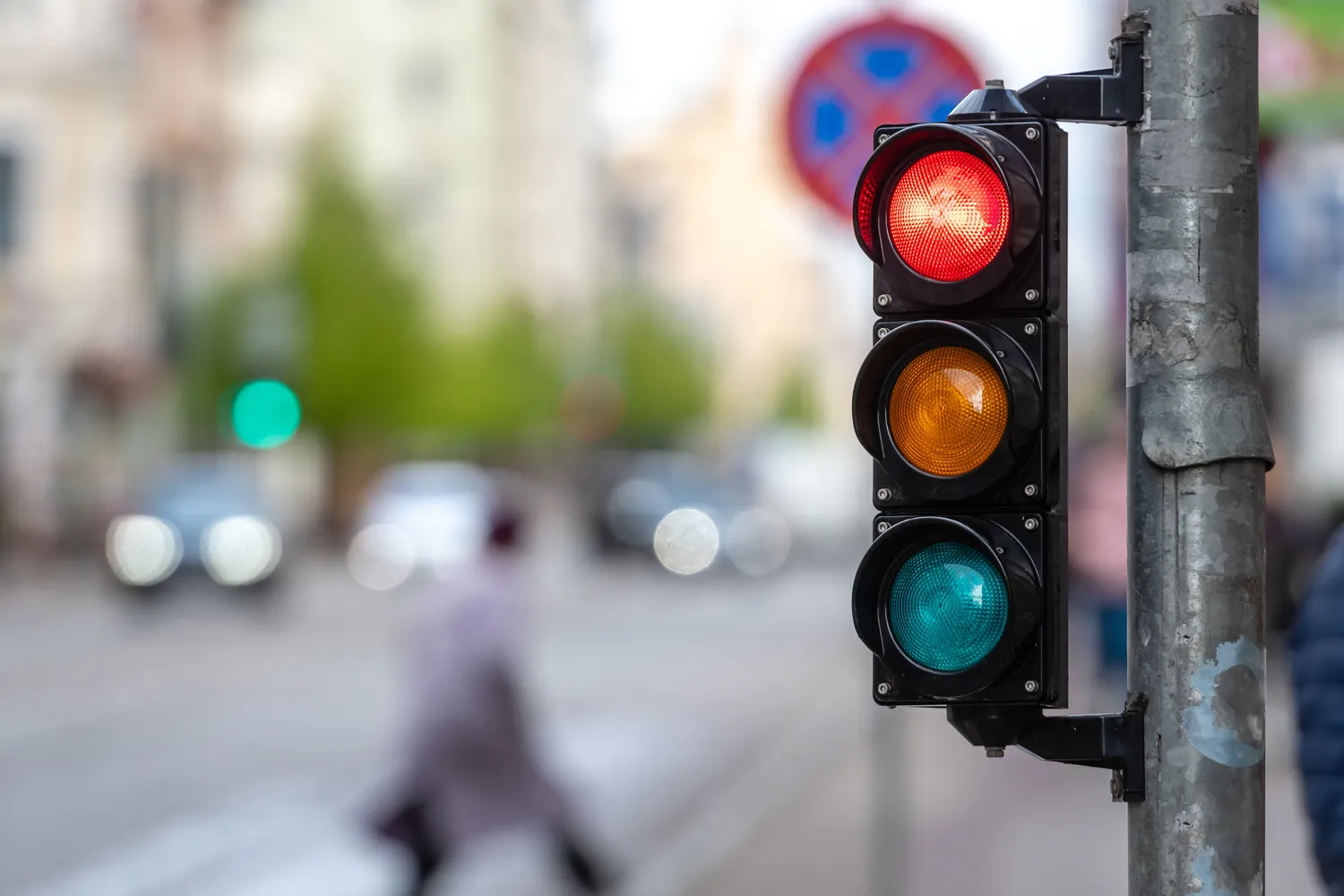
One of the crucial Nevada motorcycle laws is the "Dead Red" law, which is a traffic law that addresses situations in which motorcycles and bicycles can't trigger traffic light sensors and end up waiting longer at intersections.
In Nevada, the Dead Red law allows motorcycle and bicycle riders to go through a red light under certain conditions to make travel smoother and safer for these vehicles.
Here's the breakdown of the Dead Red law in Nevada.
What is the Dead Red Law
The Dead Red law outlined in NRS 484B.307 is a Nevada law that allows motorcyclists and bicyclists to go through a red light if the light doesn't change to green in a reasonable amount of time while avoiding motorcycle accidents.
This law recognizes that motorcycles and bicycles may not always be noticeable enough to trigger the sensor in the road at intersections.
Under the Dead Red Law When Can I Go Through a Red Light
To legally go through a red light under the Dead Red law, you must:
Come to a Complete Stop: You must stop at the red light.
Reasonable Wait: To ensure that the sensor has not noticed your vehicle, you must wait for at least two complete cycles of the traffic signal or a reasonable amount of time, usually around two minutes.
Safe to Proceed: You must ensure it's safe to go through the intersection without putting yourself or others in immediate danger.
Advice for Motorcycle Riders Using the Dead Red Law
Safety: While the Dead Red law addresses sensor issues, safety is vital. Always use caution and make sure the intersection is clear of motor vehicles before going to avoid a motorcycle accident.
Law Enforcement: Understanding and applying the Dead Red law correctly can help motorcyclists and bicyclists avoid being fined by a police officer.
Sensor Placement: To increase your chances of triggering the traffic light sensor, position your motorcycle or bicycle over the sensor cut lines in the road. These cut lines are usually visible on the pavement as rectangular or circular patterns.
Patience and Awareness: To avoid a motorcycle crash, be patient and aware, and ensure all the conditions of the Dead Red Law are met before going through a red light.
Following our advice on using Nevada's Dead Red law can significantly decrease your chances of being involved in a motorcycle accident.
Is Lane Splitting Legal in Nevada?
Lane splitting is riding a motorcycle between lanes of stopped or slow-moving traffic.
Lane splitting is prohibited in Nevada. Motorcycles must follow the same traffic laws as other drivers by staying in one lane.
NRS 486.351 states:
A person, except a police officer in the performance of his or her duty, shall not drive a motorcycle or moped between moving or stationary vehicles occupying adjacent traffic lanes.
Do You Need a Special License to Drive a Motorcycle in Nevada?
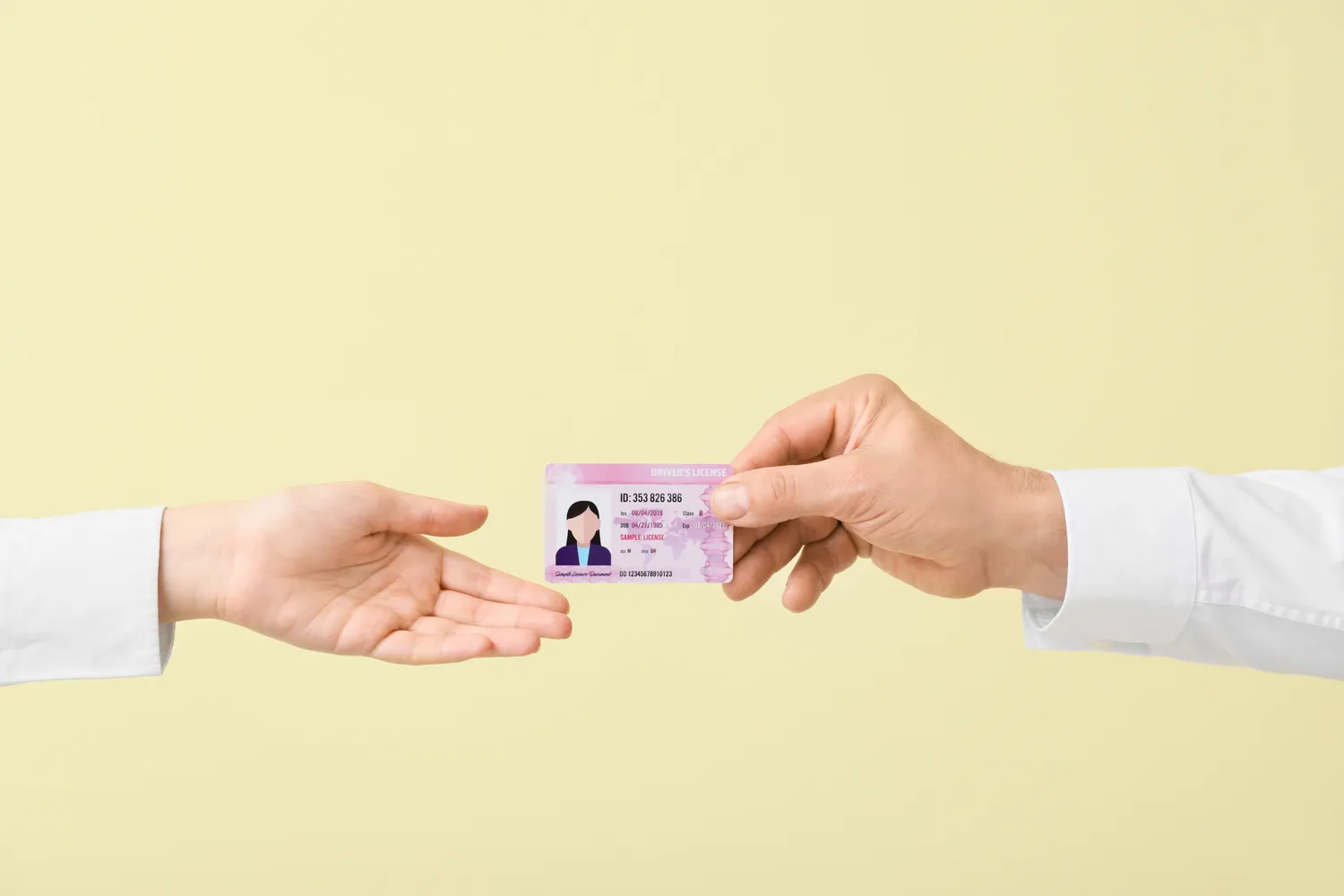
You need a license or endorsement to ride a motorcycle in Nevada legally. Here are the licensing requirements.
Motorcycle Licenses
In Nevada, there are two forms of licensing you can use to ride a motorcycle:
Class M License: This license is a standalone license used to operate a motorcycle.
Motorcycle Endorsement: This is an endorsement added to existing licenses, such as a class c license, and allows the holder to ride a motorcycle.
Eligibility
To obtain a motorcycle license or endorsement, you must:
Be 16 years or older. Riders under 18 seeking a license will require parental consent.
To obtain an endorsement for a motorcycle, you must already hold a Nevada standard driver's license.
Temporary Instruction Permit
Before you get a full license or endorsement, you can get a temporary motorcycle instruction permit. You may ride on Nevada roadways with a motorcycle instruction permit if you are:
Supervised by a motorcycle licensed driver.
Ride with no passengers.
No riding at night.
No driving on the freeway.
To apply for a motorcycle instruction permit, you can fill out the DMV 002 form on the Nevada Department of Motor Vehicles website.
Renewal and Endorsement Transfers
Motorcycle licenses and endorsements are renewed with your regular driver's license.
If you move to Nevada and already have a motorcycle endorsement from another state, you can transfer it to your Nevada license without taking the test as long as it is still active.
NRS 483.245 outlines the Nevada law on transferring and renewing motorcycle licenses and endorsements
How to Get a Motorcycle License in Nevada
Getting a motorcycle license in Nevada involves a series of steps that make sure riders know and can do everything necessary to ride safely.
Whether you're new to riding or an experienced rider moving to Nevada, here's how to get a motorcycle license in Nevada.
1. Check If You Qualify for a Motorcycle License
Before you apply for a motorcycle license or endorsement, check that you meet these qualifications:
Age: Over 16 years old.
Parent Consent: If you're under 18, you need parental consent.
Endorsement Requirement: You must hold a valid Nevada driver's license to qualify for an endorsement.
2. Chose Between a Class M License or Endorsement
Class M License: A license to ride only motorcycles.
Motorcycle Endorsement: An endorsement on an existing Nevada driver's license.
3. Motorcycle Safety Course (Optional but Recommended)
Taking a motorcycle safety course is recommended and can even waive the skills test:
DMV Approved Course: Take a course approved by the Nevada DMV.
Completion Certificate: Get a certificate.
Skills Test Waiver: Show the certificate to the DMV.
Many Nevada public colleges, such as CSN and motorcycle dealerships, offer free motorcycle safety courses.
4. Pass a Written Knowledge Test
The written test covers Nevada motorcycle laws, safe riding, and road signs:
Study: Review the Nevada Motorcycle Operator Manual provided by DMV to prepare for the test.
Schedule Test: Schedule a test date at the DMV.
Pass: Complete and pass the test.
5. Pass a Skills Test
If you don't take a motorcycle safety course, you'll need to take a skills test:
Schedule Test: Schedule an appointment at the DMV or an approved third-party testing center.
Bring Your Motorcycle: Bring a street-legal motorcycle to the test.
Pass: Complete and pass the skills test.
6. Documentation and Fees
After you pass the required test, you'll need to complete:
Application: Fill out the motorcycle license or endorsement application.
Proof: Provide the written and skills test or safety course completion certificates.
ID: Legal Nevada ID and residency.
Fee: Pay the fees related to obtaining a license or endorsement.
7. License or Endorsement
Temporary License: The DMV will provide a 60-day temporary license.
Permanent: If you apply for a permanent license or endorsement, it will be mailed to you.
Injured in a Las Vegas Motorcycle Accident?
If you were injured in a Las Vegas motorcycle accident and seek maximum compensation, contact the experienced motorcycle accident lawyers at The Rodney Okano Car Accident Lawyer Law Firm by calling (702) 566-3600 or submitting a message.
Obtain the Compensation You're Entitled To
Contact Us Today
Rodney Okano Car Accident Lawyer is a Las Vegas personal injury law firm with over 20 years of experience helping clients obtain maximum compensation following injuries from accidents such as car crashes, worksite injuries, and slips and falls. Over those years, The Rodney Okano Car Accident Lawyer Law Firm has become an experienced law firm that can ensure exceptional results for any of its clients.




